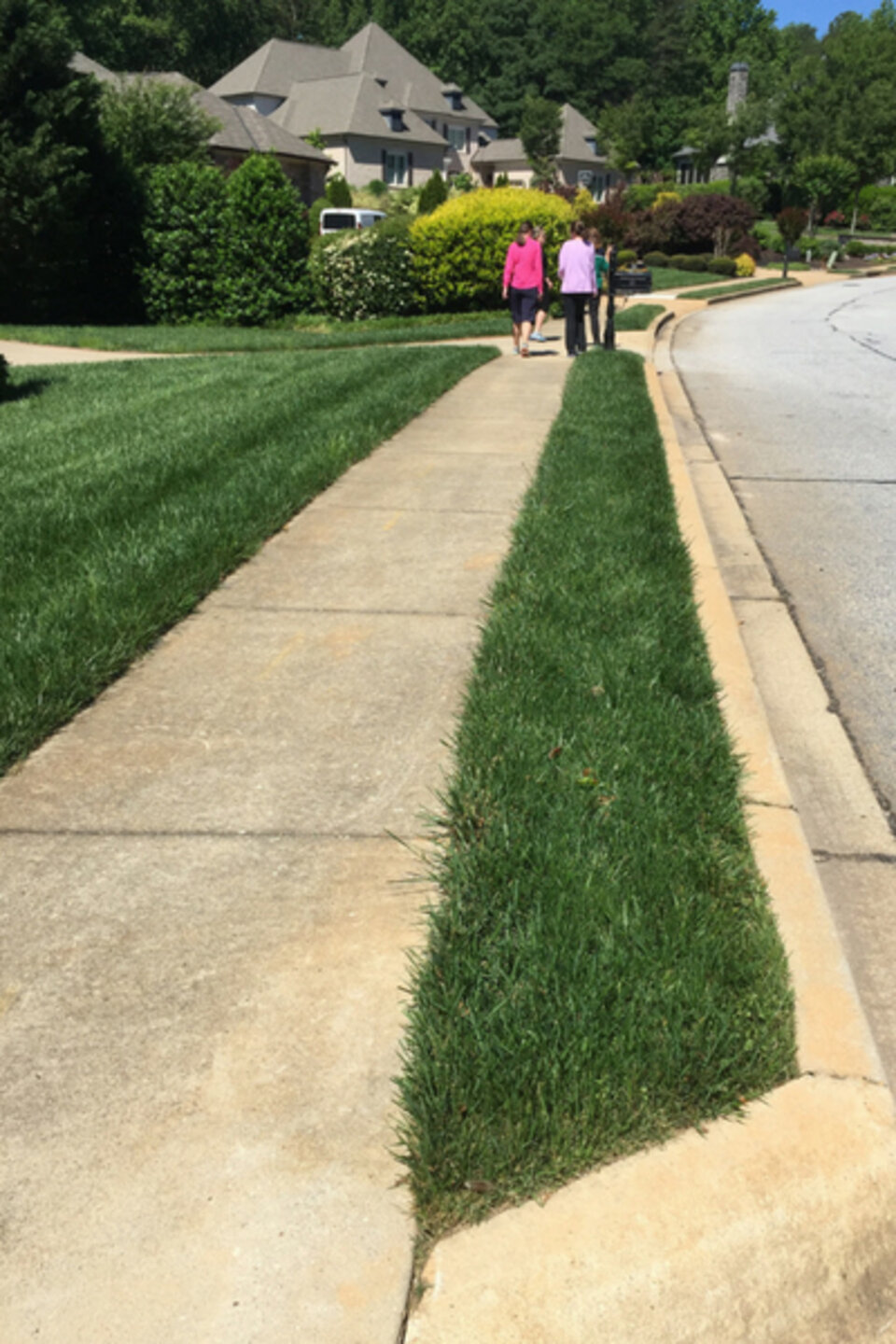Summer Turf Fertilization

In the overall “holiday” turf fertilization schedule, where Arbor Day, Memorial Day, Labor Day and Halloween are indicators of good timing for applications to cool season turfgrasses (Kentucky bluegrass, tall fescue, perennial ryegrass), early summer is a key timeframe for encouraging healthy growth. When growing warm season turf species such as buffalograss and zoysiagrass, Memorial Day is perhaps the most important time to apply fertilizer, perhaps followed by a light 4th of July application if a lawn is thin or in need of recovery.
There are several factors that should be implemented to ensure success with summer fertilization:
- N source – Nitrogen is the primary nutrient Nebraska turfs need to perform well, considering most are sufficient in others such as phosphorous, potassium, sulfur and magnesium. Occasional deficiencies in iron or manganese can occur, but should be corrected only with the assistance of a soil test report.
In summer, slow release forms such as urea formaldehyde, sulfur coated urea and methylene urea should be utilized. Products containing these forms produce even greening without stimulating lush growth, which is difficult to support when temperatures rise and rainfall becomes scarce.
- Rate – amount and how to calculate – Moderate rates should be applied, in the 0.75 lbs. of N per 1,000 sq. ft. range. The amount to use can be easily calculated. Divide the amount desired (0.75) by the first number in the fertilizer analysis expressed as a percentage. The result of this calculation provides the amount of product to apply over 1,000 sq. ft. of turfgrass. If a 28-3-6 analysis product is used, 2.7 pounds are needed. Next, simply multiply the amount of product needed by the number of 1,000 sq. ft. units in the lawn. If the lawn is 5,000 sq. ft, multiply 2.7 x 5 to determine that 13.5 pounds of product are needed.
-
Initial watering - Irrigate after application to wash the product off the grass blades. Doing so will avoid burning the turf and move the product to the soil surface where it can begin to provide nutrients to the turf plants. After the initial watering, the goal is to keep the soil moist, not soggy or dry.
-
Movement of product away from the turf. The fertilizer product should stay on the lawn to promote healthy turf and to prevent water pollution. After application, use a broom or leaf blower to move particles from sidewalks, streets and driveways back to the lawn. If they remain on hard surfaces, they will eventually move into water bodies. Off target movement is enhanced by narrow turf strips, slopes or hard soils. Aerating to improve drainage, watering in several short and sequential cycles and keeping the soil moist will lessen the potential for movement.
-
Dormancy – do you want it? If your goal is to allow the lawn to go dormant and save money on water bills, then fertilize very lightly or not at all. Normal summer fertilization will burn the turfgrass roots and shoots if not kept moist during the first month of summer.
This article was reviewed by Nicole Stoner